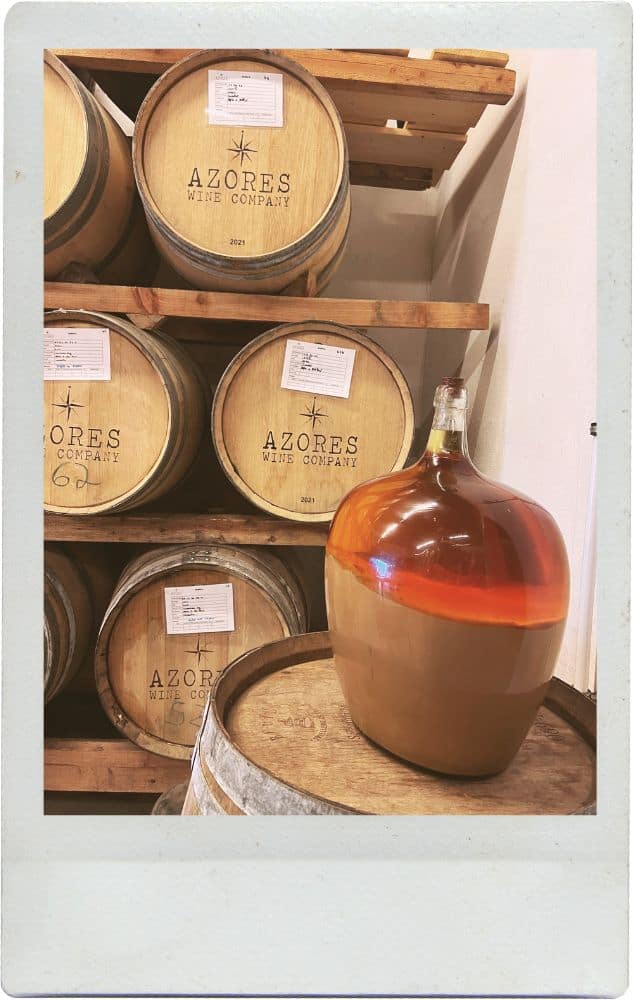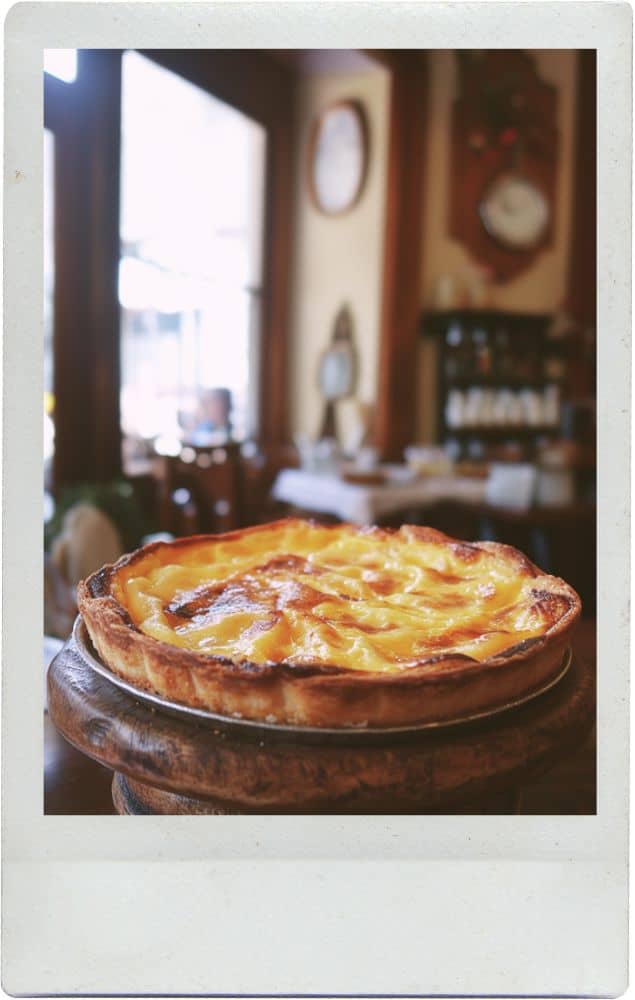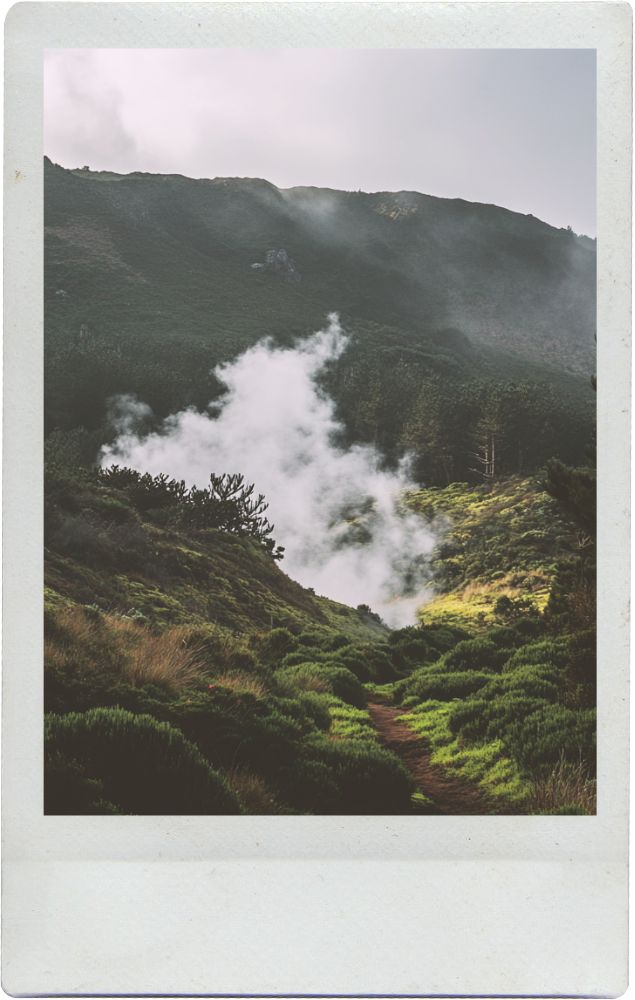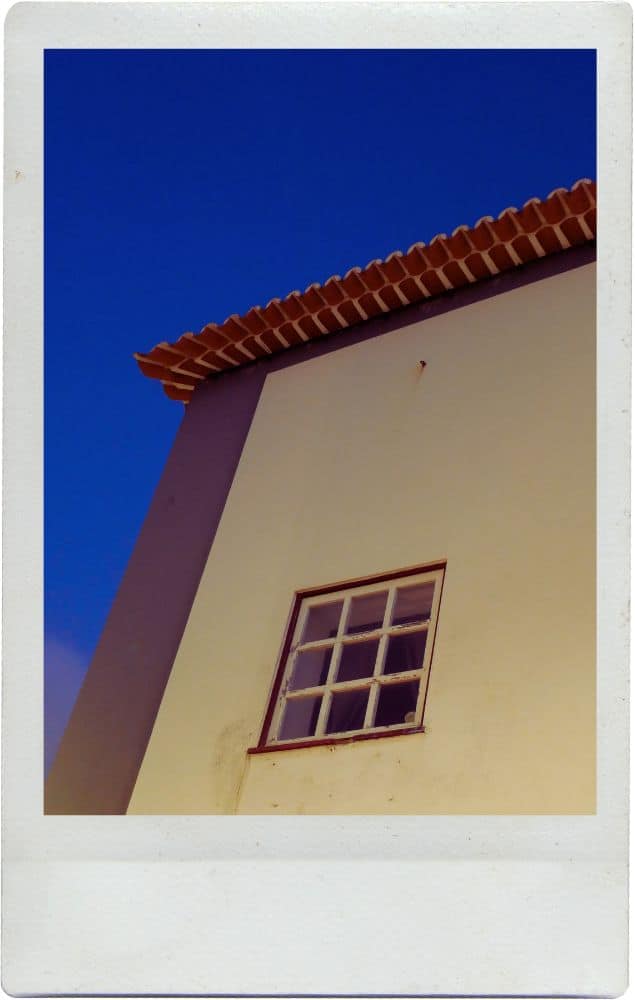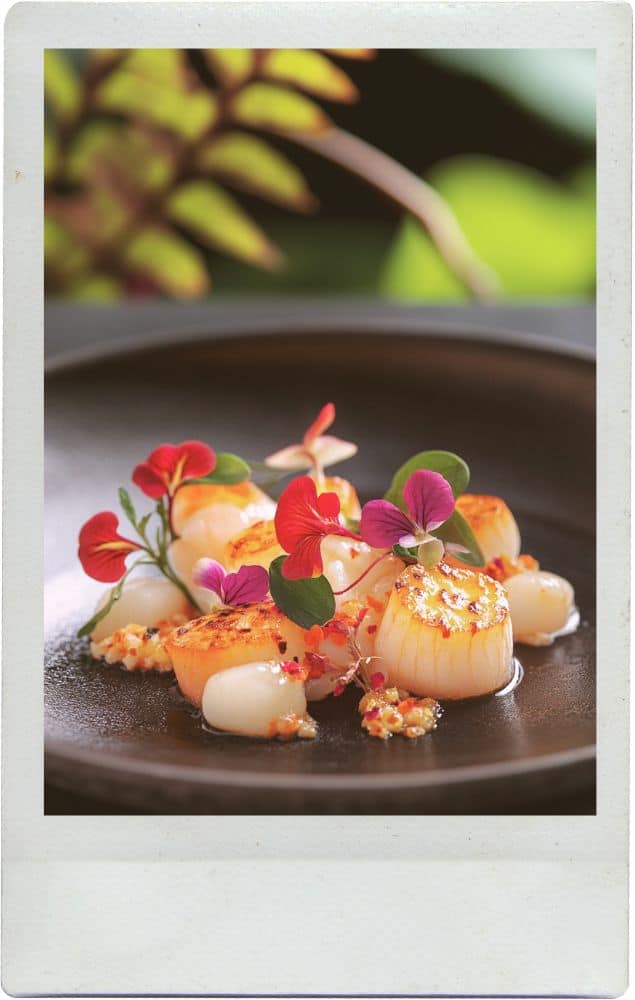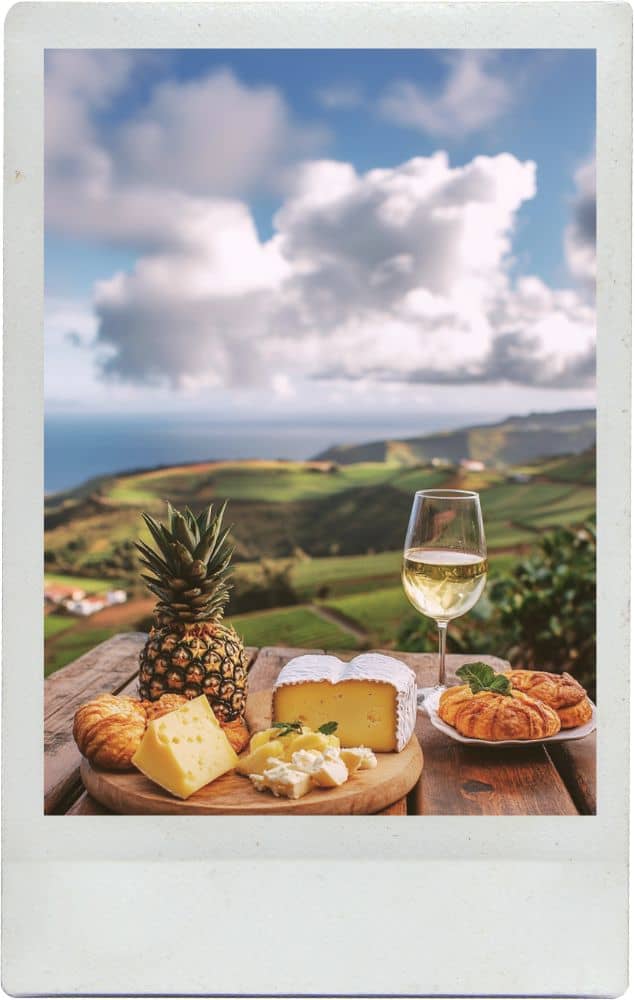Uncovering the Best Wine Experiences in Pico, Azores
The history of Pico’s wineries is a tale of resilience, ingenuity, and the intimate relationship between humankind and the earth. Centuries ago, as settlers arrived on this rocky Atlantic island, they were met with a harsh, volcanic landscape that seemed unforgiving. Yet, it was here, among jagged black basalt, that they saw potential—a divine connection between the fiery soil and the cool ocean winds. What emerged was not merely agriculture but an art form, a ritual deeply rooted in the land. The tradition of producing wine in Pico continues to thrive, celebrating this unique heritage.
The volcanic rock, once a symbol of hardship, became their ally. Using ancient techniques, the settlers built intricate stone walls known as “currais,” small enclosures that protected grapevines from the salty sea winds while trapping heat from the sun. These walls, stretching for miles, transformed the landscape into a mosaic of effort and hope. The vines, nourished by the mineral-rich soil, thrived against all odds, yielding grapes unlike any others in the world. They were small but potent, embodying the raw essence of the island itself.

By the 15th century, Pico’s wine had gained recognition far beyond its shores. It wasn’t just wine—it was an elixir imbued with the soul of a volcanic island. Sailors carried barrels of this precious liquid on voyages across oceans, and European courts savored its distinctive taste. It was even said that kings and popes sipped Pico’s verdelho wine, marveling at its unique flavor—a marriage of sun, stone, and sea.
But the journey was not without struggle. Diseases such as phylloxera in the 19th century nearly decimated the vines, threatening to erase centuries of work. Yet, like the islanders themselves, the vineyards endured. New techniques, unwavering determination, and the island’s indomitable spirit breathed life back into the fields.
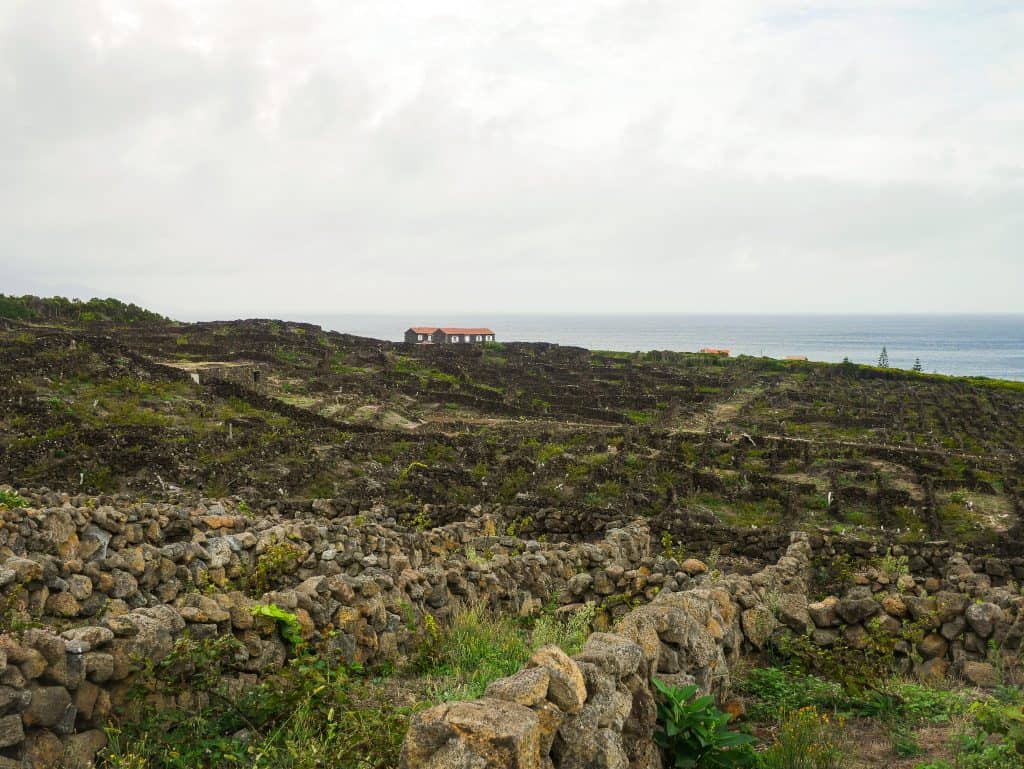
Today, Pico’s vineyards stand as a UNESCO World Heritage Site, a testament to the unbreakable bond between the land and its people. To walk among the “currais” is to step into history, where every stone and vine whispers stories of hardship, triumph, and the enduring magic of transformation. The wine of Pico is not just a drink—it is the taste of resilience, a liquid memory of an island that turned volcanic rock into liquid gold. For more on the Azores and its incredible foods and flavors, be sure to explore my other blog posts detailing this enchanting archipelago.
Discover the Delicious Main Dishes of Each Island in the Azores
Indulge in Dining: 10 Must-Try Restaurants in São Miguel, Azores
Savor the Sweetness: Pastries from Each Island of Azores
What Produce is Azores Known for: Exploring the Flavors of the Islands
Azores Wine Company: Known for its innovative approach, this winery produces exceptional white wines and offers comprehensive tasting experiences.
Picowines: As the largest and oldest wine producer in the Azores, Picowines offers a variety of regional wines that showcase the island’s terroir.
Adega “A Buraca”: This family-run winery provides intimate tastings and insights into traditional winemaking processes, reflecting Pico’s cultural heritage.
Adega Vitivinicola Lucas Lopes Amaral: A boutique winery on Pico Island, crafting artisanal wines that showcase the island’s volcanic terroir.
A Cerca dos Frades: Known for its scenic vineyard views and engaging tours, this winery offers a deep dive into Pico’s winemaking traditions.
Insula Vinus: Focusing on native grape varieties, Insula Wines provides tastings that highlight the distinct flavors of the Azorean terroir.
Adega do Vulcão: Specializing in organic wines, this winery uniquely works with grapes from both Pico and Faial islands.
Manuel Rainha Winery: A lesser-known gem, this winery provides a quaint and authentic tasting experience.
BONUS:
Adega de Santana: This isn’t just a winery but an Azorean moonshine maker, crafting incredibly delicious spirits that capture the essence of the islands. And it the best liquor I have in my cabinet. I brought back 5 bottles (which I never do!)
The wineries of Pico are more than a celebration of wine—they are a testament to the island’s soul, shaped by fire, stone, and sea. Beneath the shadows of its volcanic peaks, generations of winemakers have turned challenges into art, crafting wines that hold the very essence of the land. To walk among the ancient currais and taste the fruit of these vines is to step into a living story, where every drop whispers of resilience, reverence, and the quiet magic of transformation. Pico’s wineries are not just places—they are portals, inviting you to drink in the spirit of the Azores and feel the heartbeat of an island that has turned its raw beauty into liquid poetry.


